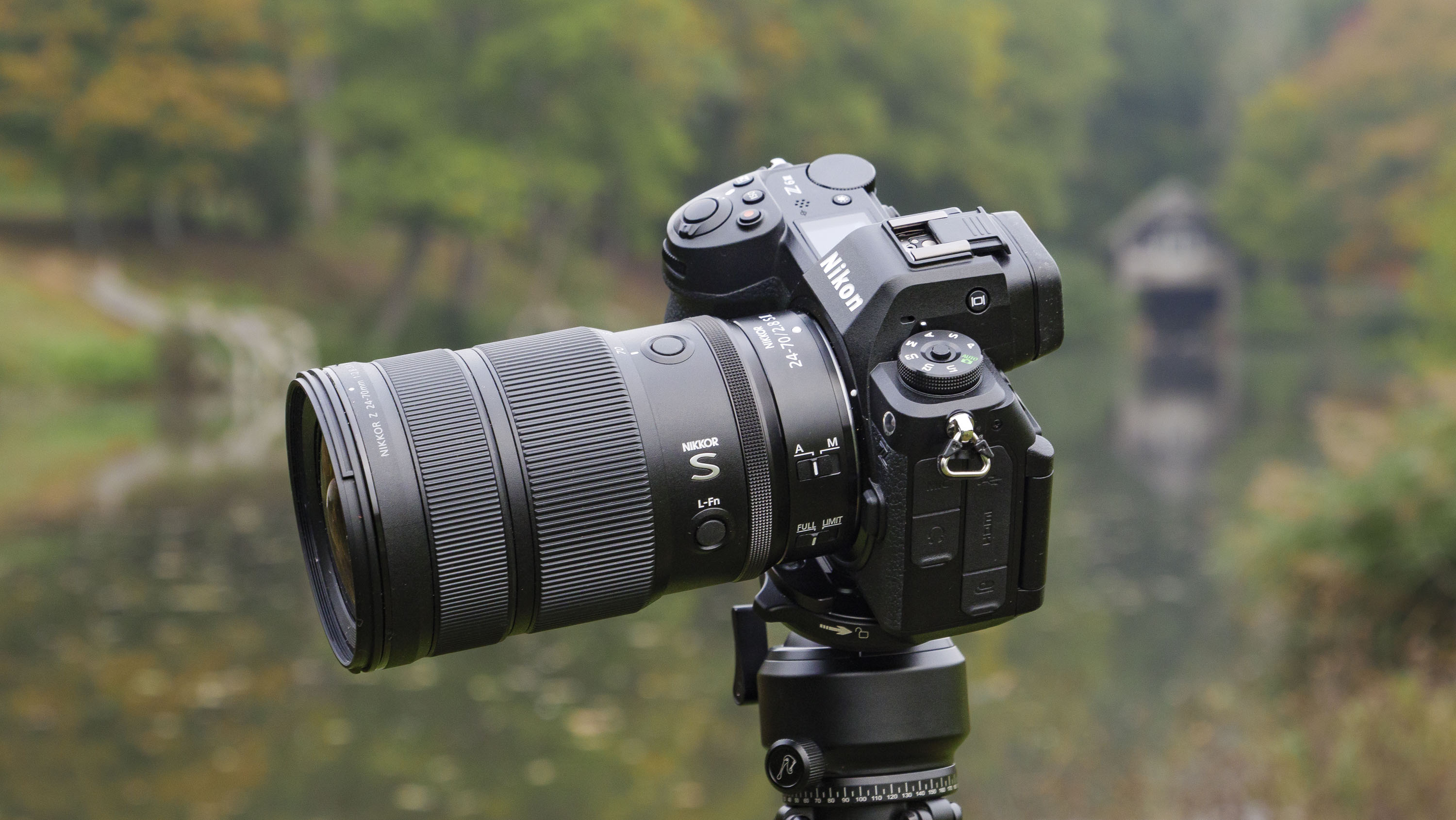TechRadar Verdict
I've used Nikon's original Z 24-70mm f/2.8 S lens for personal and professional work for several years, and it's a hard act to follow. Nikon has done it, though, refining a winning formula with this five-star successor. Optical quality is even sharper (though you'll need to look closely to appreciate the difference), autofocus feels a tad faster, plus this is a slightly lighter package. Put the lenses together and it's actually the original that's smaller when packed away. However, that lens extends as you zoom to 70mm, whereas the new lens features an internal zoom, and this is possibly the biggest reason to upgrade. In its own right and by every metric, the Z 24-70mm f/2.8 S II is a five-star performer, delivering edge-to-edge pin sharp detail, smooth bokeh, crisp sunstars, and robust build quality. However, I'm not seeing enough here to justify an upgrade at the current premium over the original, but if the price settles then this new version will become my top pick.
Pros
- +
Supremely sharp at any setting
- +
Robust lightweight build
- +
Rapid autofocus
- +
Internal zoom
Cons
- -
I'm not seeing enough that's new compared to the original 24-70mm f/2.8
- -
Pricier than the original
Why you can trust TechRadar
Nikon Z 24-70mm f/2.8 S II: one-minute review
Nikon's Z-mount mirrorless cameras system has come of age – seven years since its first Z-mount cameras, we now have its first second-generation lens, the Z 24-70mm f/2.8 S II, which is designed to replace the original Z 24-70mm f/2.8 S.
I have a particular interest in this new lens, because I've relied on the original for personal and professional work for several years, and I'm still completely happy with it today.
So the question I had going into this review was not whether this lens would be any good – I knew it was going to be a five-star performer. Rather, it's whether it gives users of the original like me enough of a reason to upgrade, and whether it's worth the extra outlay.
I'll cut to the chase and say I don't think it is... depending on the price difference. I've reviewed enough second-generation Sony lenses where I've seen genuine improvement – new lenses that are optically sharper, plus much smaller and lighter. Nikon's new 24-70mm boasts similar improvements, but for me Nikon hasn't quite gone far enough with the upgrades, given the big difference in price at launch but moreso the already excellent quality of the original.
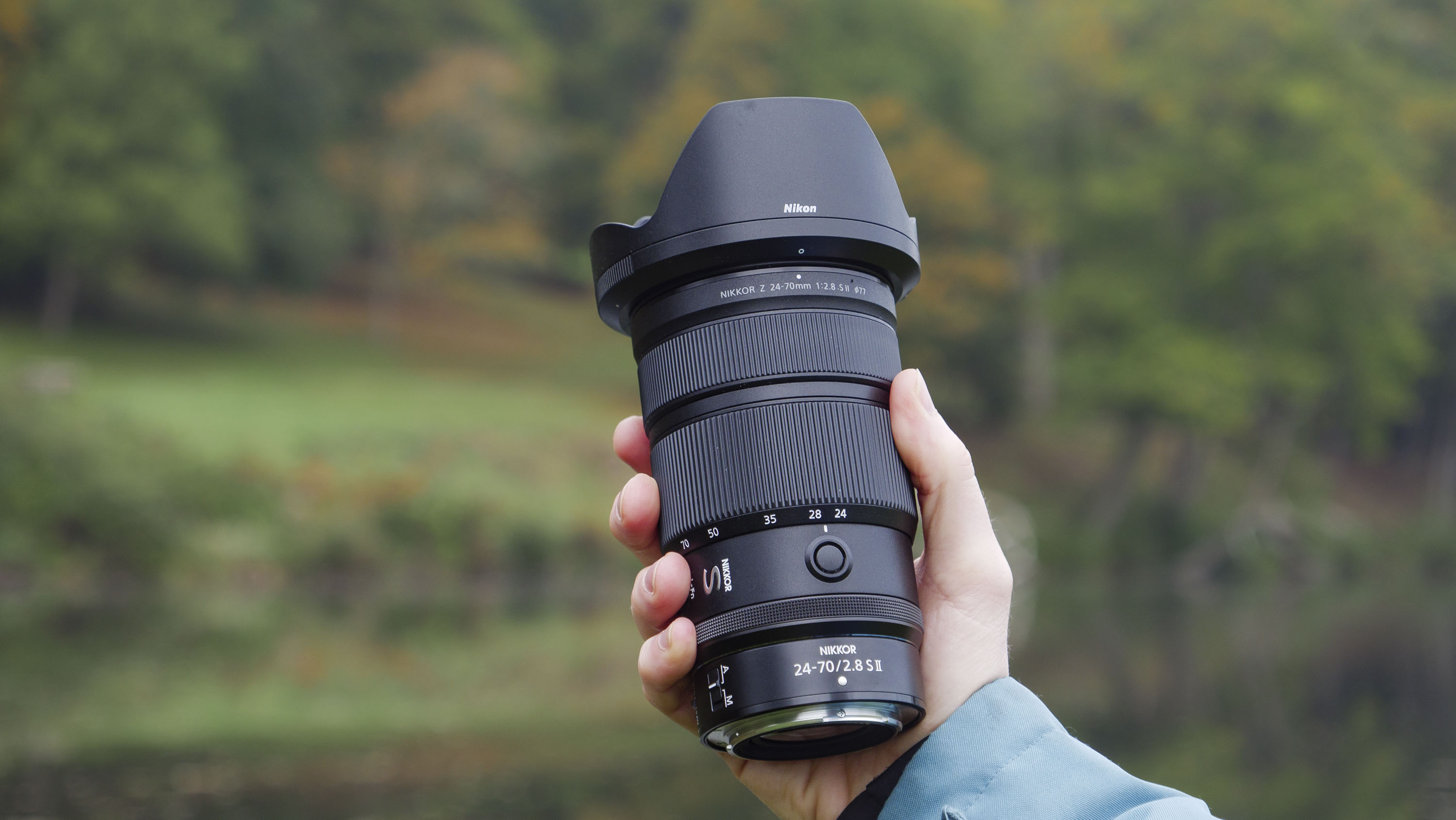
Still, the Nikon Z 24-70mm f/2.8 S II is a five-star lens by every metric. Its optical and build quality are top drawer, with edge-to-edge pin sharpness at any focal length, impressive control over lens distortion, and smooth rendering of bokeh.
Build quality impresses, too. Its weather-resistant design betters the original in one key way – zoom is internal, which is one less potential weak spot for dust and water to enter the lens internals.
The original lens is in fact slightly smaller in length, but it extends past the new lens as you zoom up to 70mm. For me, the internal zoom, snappier autofocus, lighter weight and moderately sharper detail are the biggest upgrades, but not enough of a reason to spend so much extra now, rather than waiting for potential price cuts or until the original is phased out.
Sign up for breaking news, reviews, opinion, top tech deals, and more.
Price considerations aside, you'll struggle to find a better-quality professional lens, with a versatile 24-70mm zoom and consistent f/2.8 aperture across that range – this is a five-star performer all the way, and key new addition to the Nikon Z lens range.
Nikon Z 24-70mm f/2.8 S II: price and availability
- Priced at $2,799 / £2,599 / AU$4,599
- Lens hood included
- Announced in August 2025
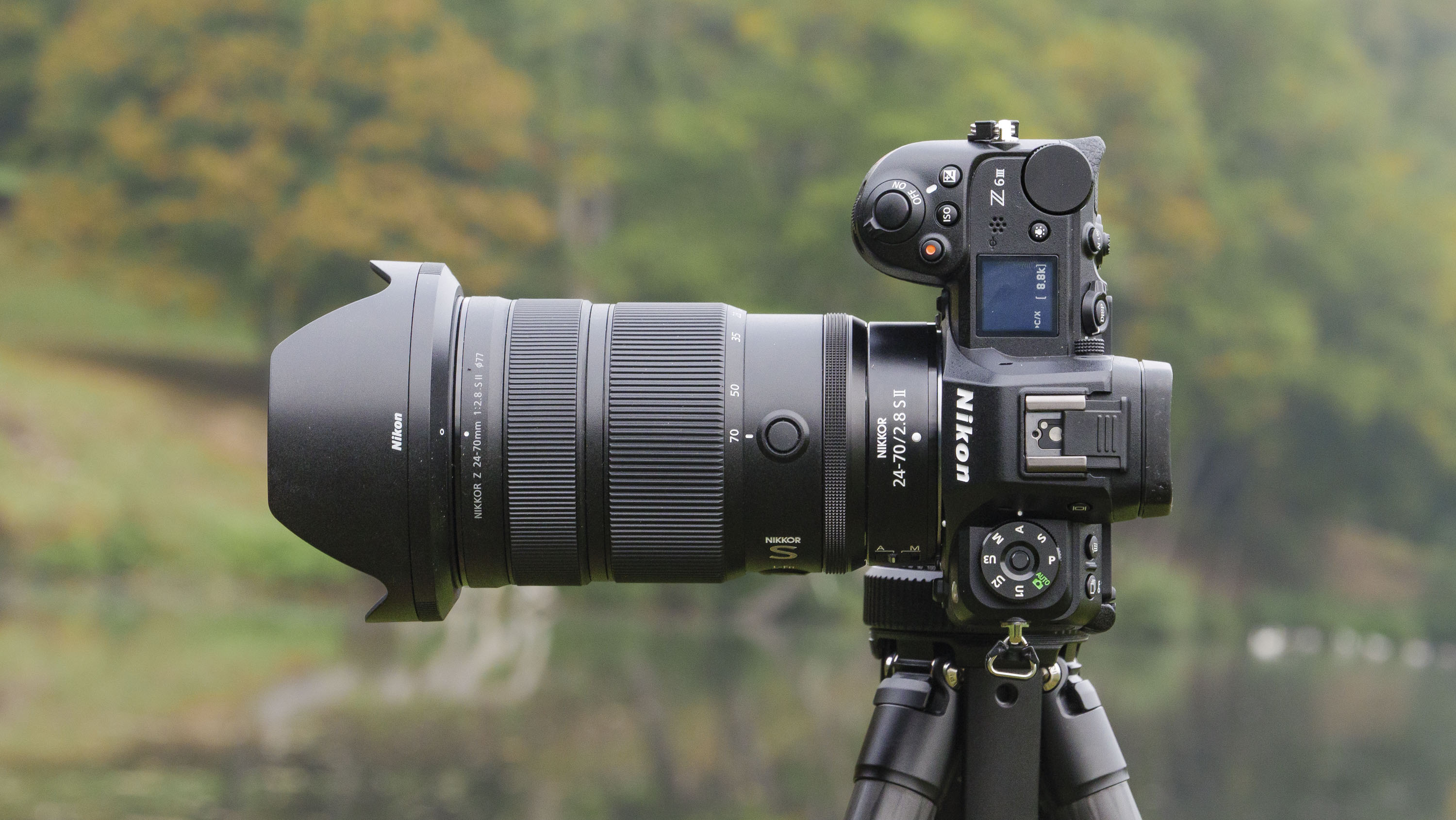
Nikon's Nikkor Z 24-70mm f/2.8 S II lens was announced in August 2025, costing $2,799 / £2,599 / AU$4,599, lens hood included. At the time of writing the lens has already got its first price cuts in the US and UK where it's now $2,599 / £2,299.
At the time of the mark II's launch, the original 24-70mm lens was already on sale for $2,099 / £1,999, while you can also buy that lens secondhand from trustworthy retailers for much, much less, with prices depending on the condition.
Personally, I'd buy the original secondhand in excellent condition for around 30% less than the mark II new at its current sale price. However, if money is no object for you, then the new lens is of course the better choice of the two.
Nikkor Z 24-70mm f/2.8 S II specs
Type: | Standard zoom |
Mount: | Z-mount |
Sensor: | Full-frame |
Focal length: | 24-70mm |
Max aperture: | f/2.8 |
Minimum focus: | 0.79ft / 0.24 m at 24mm, 1.09ft / 0.33 m at 70mm with a 0.32x max magnification |
Filter size: | 77mm |
Dimensions: | 3.4in x 5.6 inches / 84mm x 142mm |
Weight: | 1.49lbs / 675g |
Nikon Z 24-70mm f/2.8 S II: Design
- Lightest lens of its kind, just 675g
- Weather-resistant design, internal zoom
- Multiple control rings, including a clicked / de-clicked
The 24-70mm f/2.8 is a classic standard zoom and essential offering in a professional mirrorless camera system, historically sitting in the middle of a trio of professional f/2.8 zooms – the other two usually being a 14-24mm f/2.8 and 70-200mm f/2.8.
When I bought my first mirrorless camera, the Nikon Z6 II, I chose the original Z 24-70mm f/2.8 S as my first lens. Such is its quality and versatility that it ended up being the only lens I owned for years, until I splurged on a fast-aperture telephoto prime.
I didn't think the original 24-70mm needed updating – it's such a good lens already. However, the mark II is the first second-generation Z-mount lens, and it does indeed upgrade the original in several ways.
In terms of design, the Z 24-70mm f/2.8 S II is the lightest of its kind, just 675g – that's approximately 16% lighter than the 805g original. I used both lenses together and I can't say I noticed the difference particularly, even over a long day of event photography. However, that is a decent drop in weight.
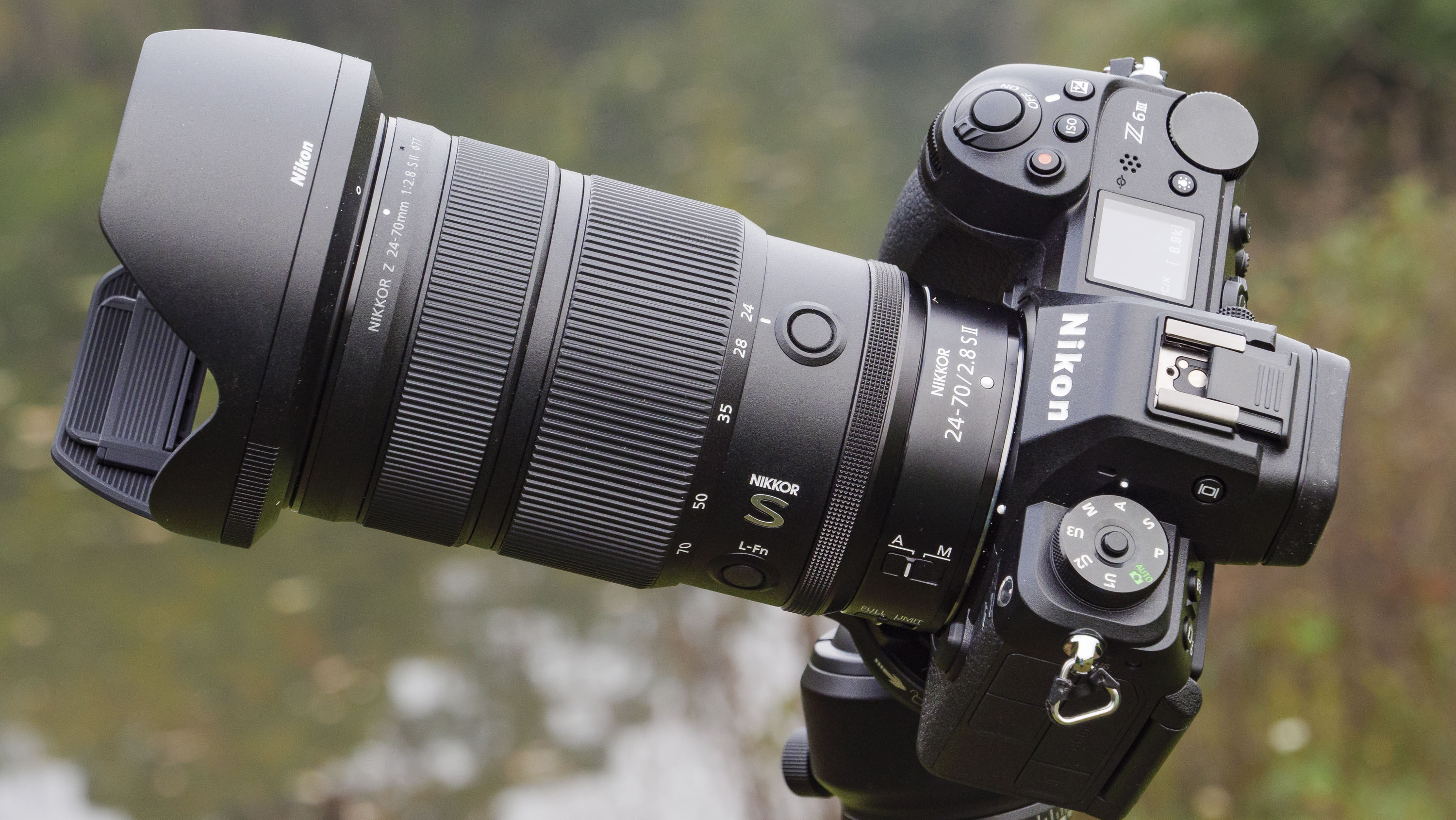

The new lens's diameter is slimmer than before, too, with a 77mm filter thread to the original's 82mm. However, the new lens is longer than the original – that is when both lenses are set to the 24mm focal length.
Zoom each lens to 70mm, and that's where the difference kicks in – the new lens has an internal zoom, meaning its dimensions are unchanged as you move through the zoom range (see above), whereas the original lens extends past its successor as you zoom in.
For me, the internal zoom is the single biggest upgrade in the new lens, not only for better balance, but improved ruggedness – it's one less potential point of weakness in terms of dust and dirt ingress. Also, being shorter at 70mm, it's less likely to knock against your surroundings, which is helpful for hectic environments like weddings and events. You can see how the two lenses differ in length below.
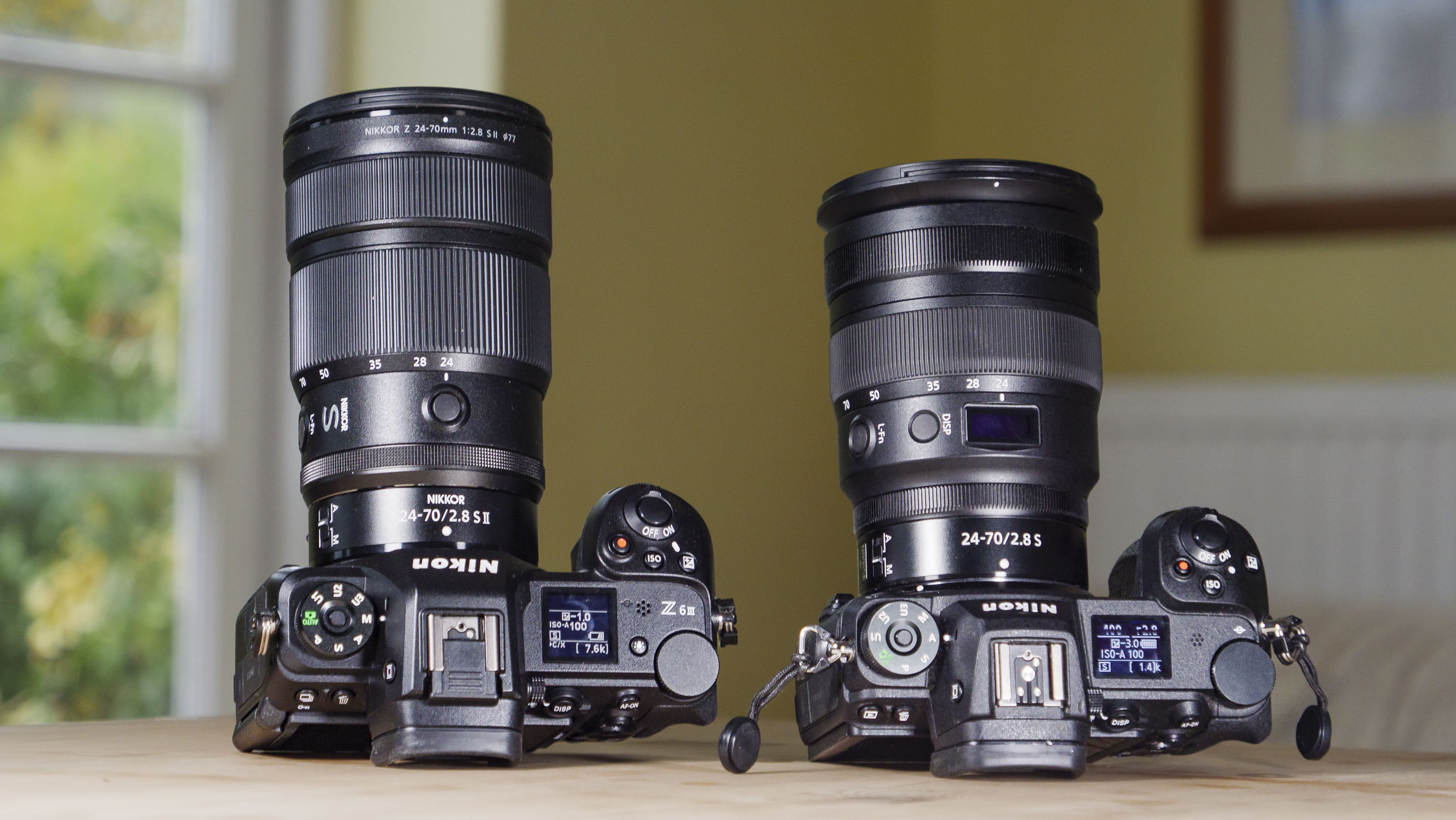
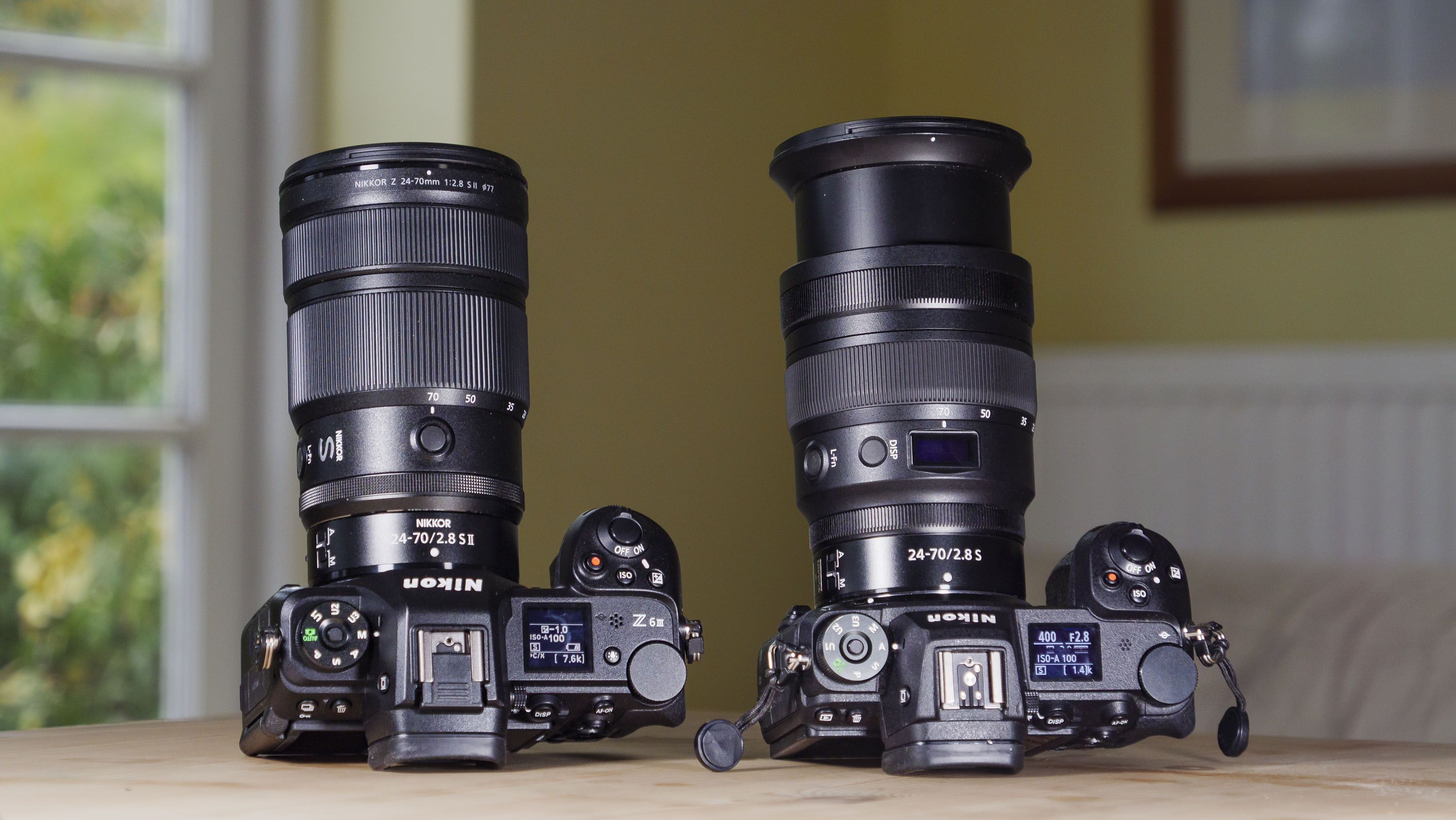
We lose the basic top LED, which on the original could display key lens settings, including focus distance. In practice, it's not a feature that I particularly missed. Instead, we gain a control ring which can be set to clicked or de-clicked – I suspect most users will set this ring to control aperture. There's three rings in all; zoom, focus and that custom ring.
There's a reassuring quality to the lens, despite its lightweight design – each ring, button and switch handles well. And it balances perfectly with the Nikon Z6 III, which is the camera I was testing the lens with. By extension, it'll be a decent fit with the Z8 and Z9 cameras, too.
A lens hood is supplied with the lens, and it features a hatch. The idea is that when the hatch is open, it's much easier to make on the go adjustments to a filter, say a variable ND for video recording.
On that note, there is a general sense that the mark II version of the lens is better designed for video work. Autofocus is speedier – more on that shortly – focus breathing is suppressed, and there's that de-clicked aperture control ring for smooth adjustments while recording.
Close focusing is also improved – the minimum focus distance depends on the focal length, but the maximum magnification is 0.32x – that's an improvement from the original's 0.22x, and suitable for close up details such as wedding rings, without being a proper macro lens.
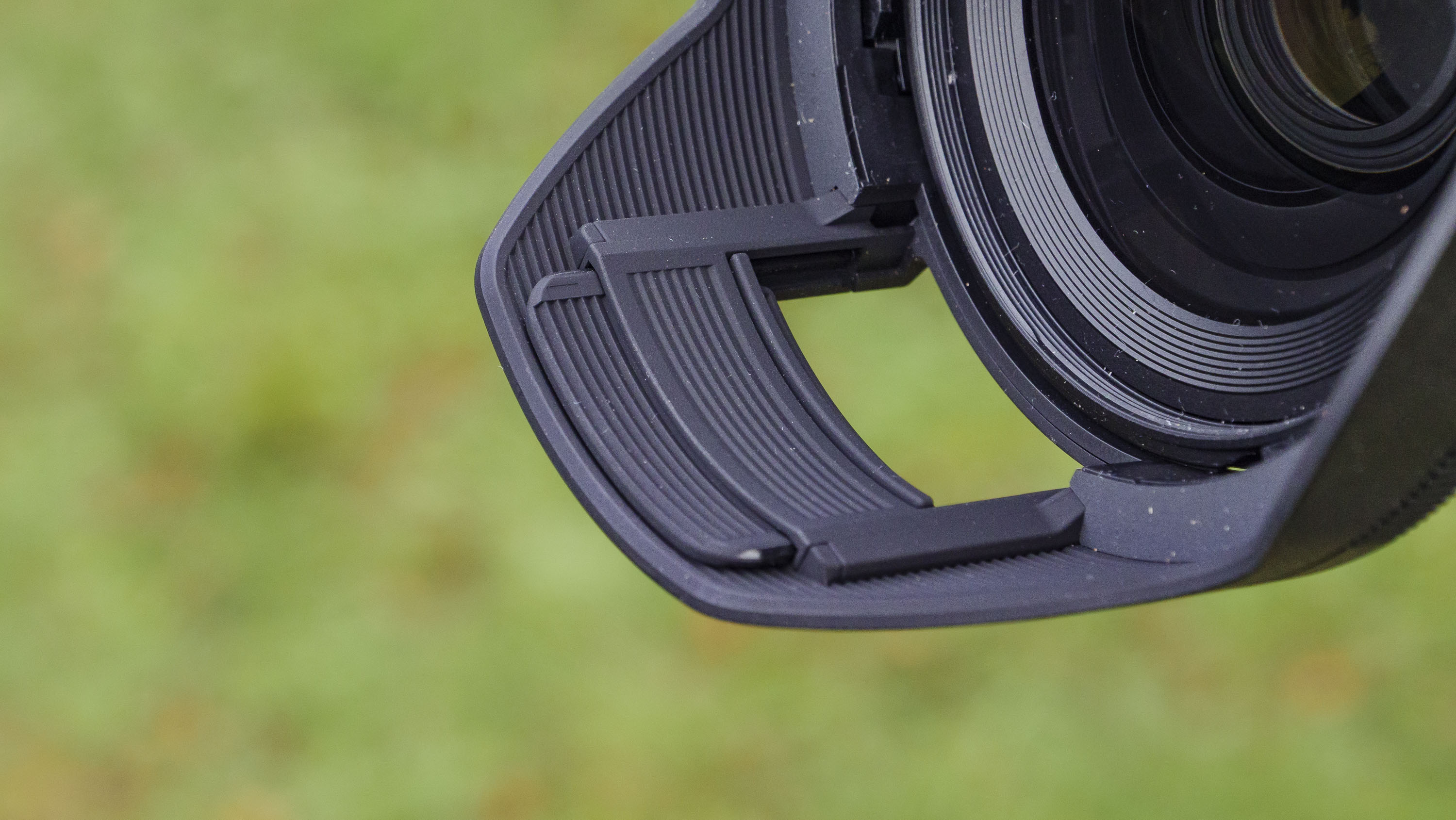
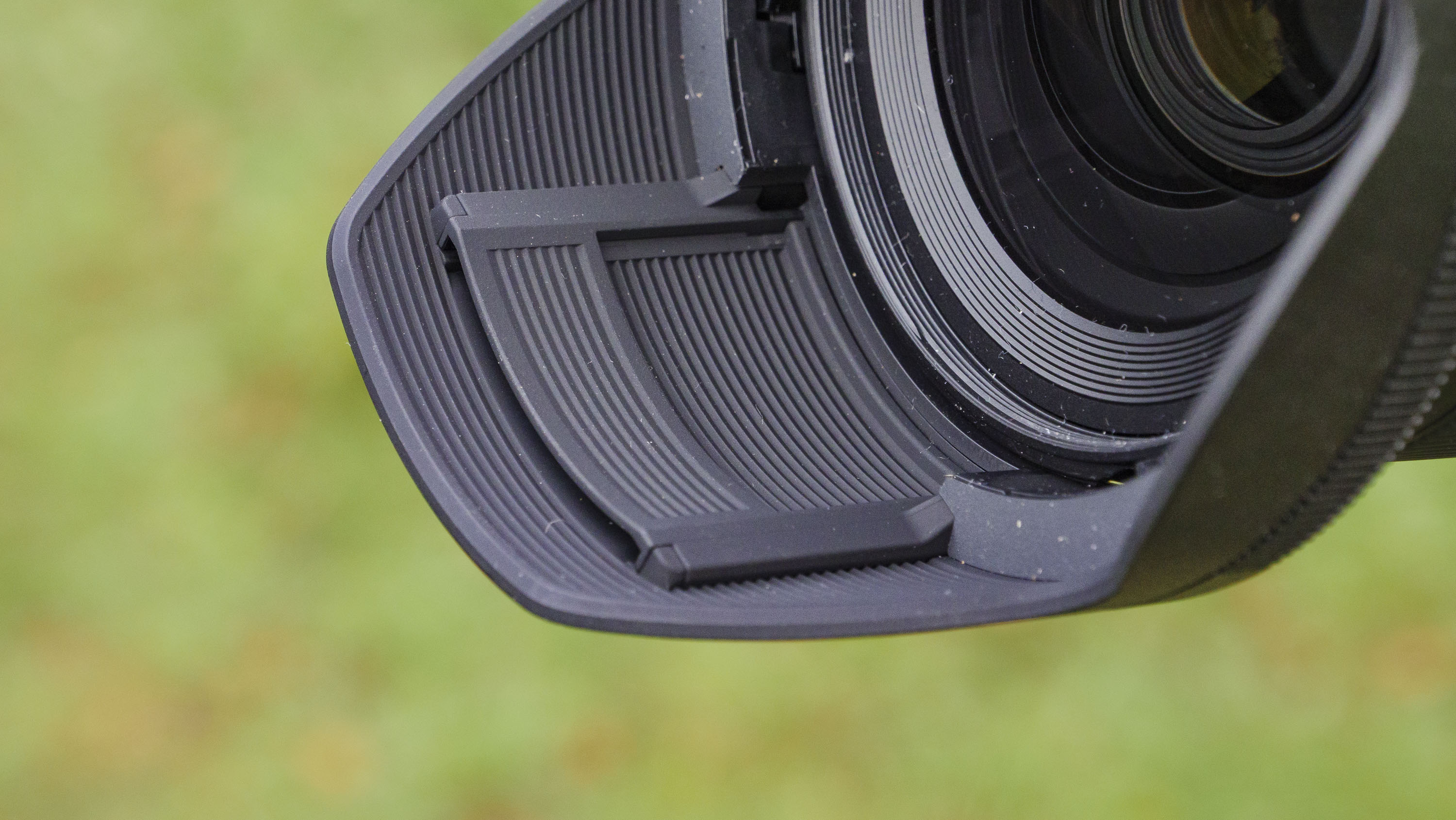

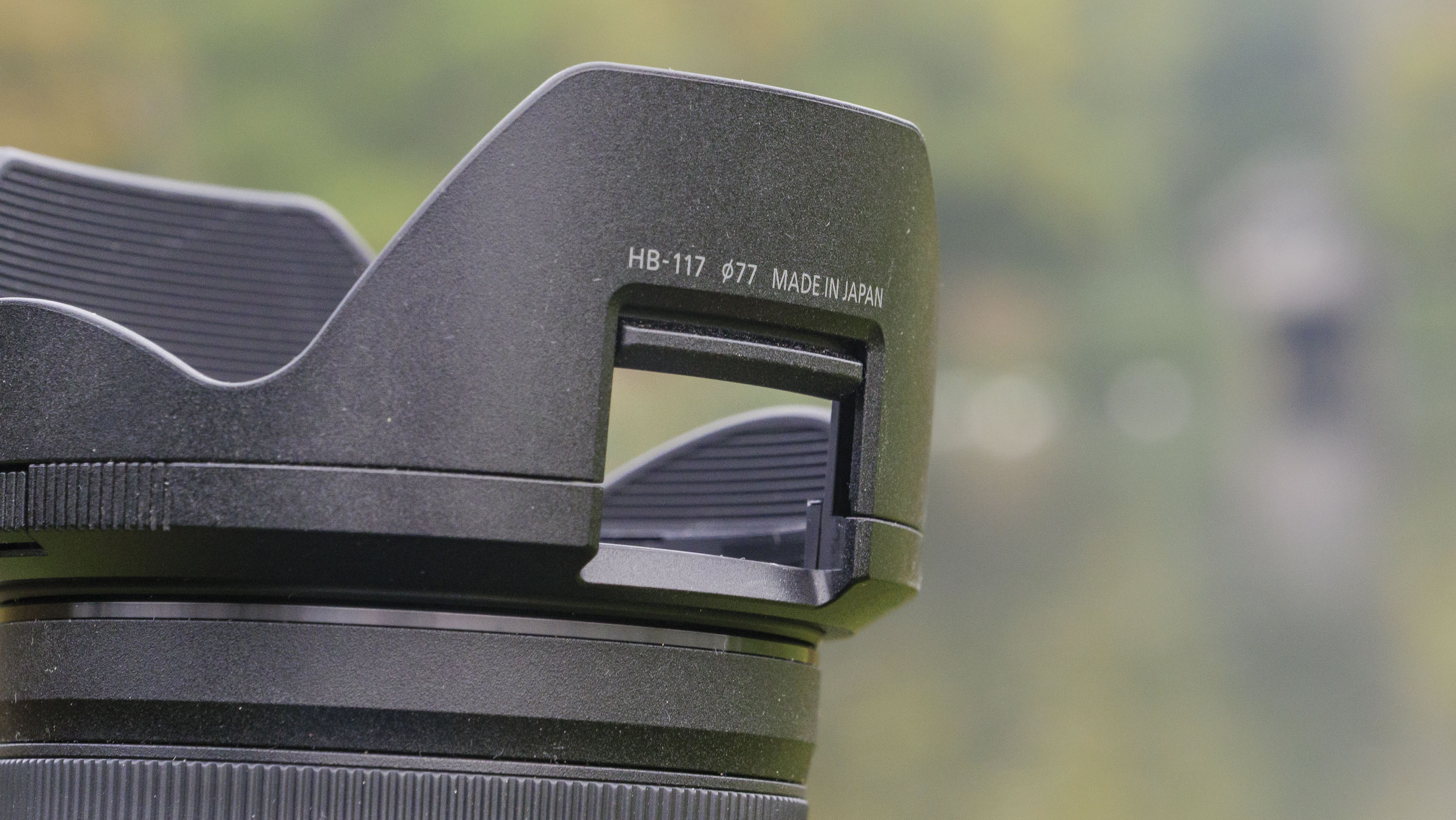

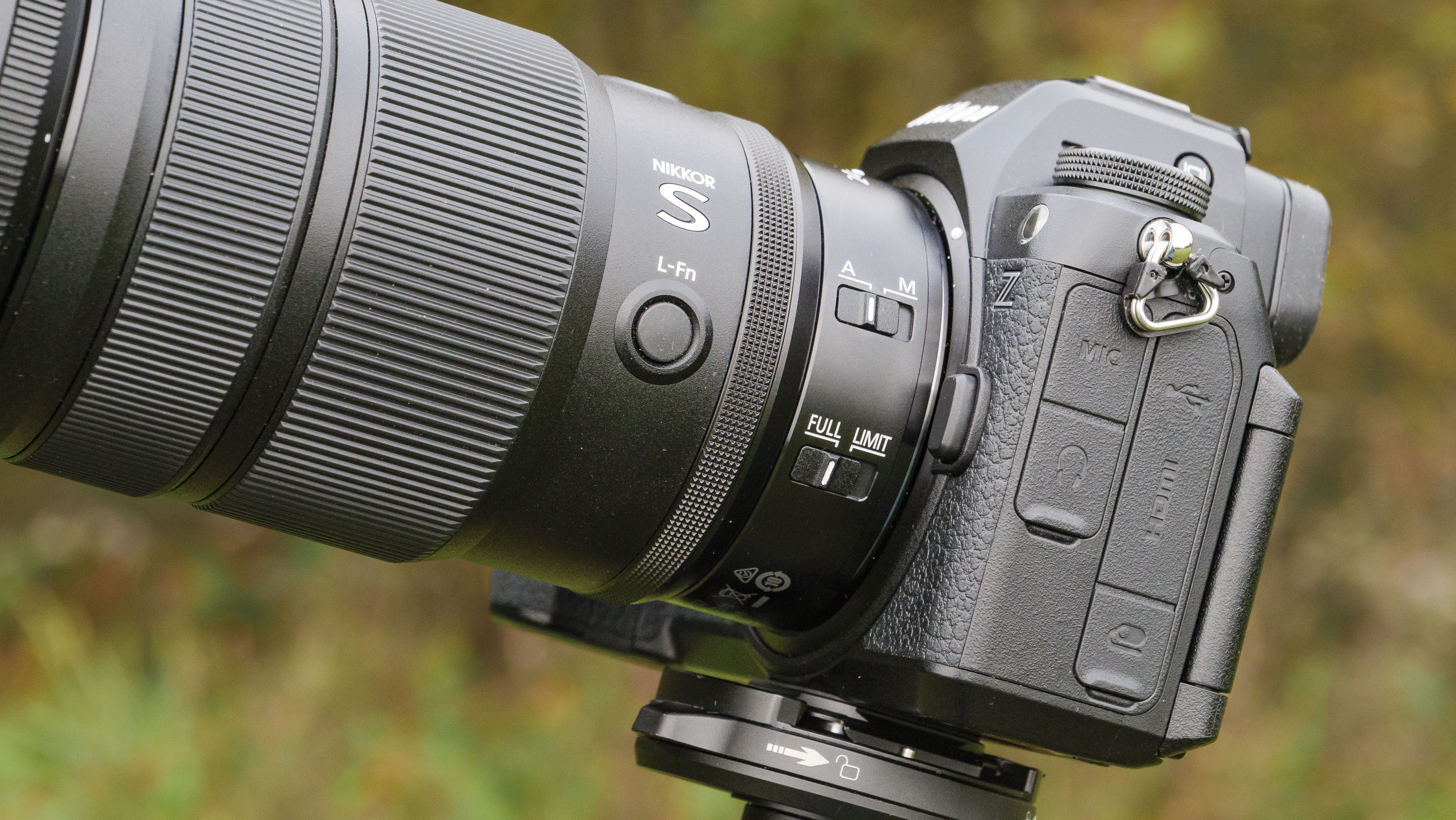

Nikon Z 24-70mm f/2.8 S II: Performance
- Incredibly sharp edge to edge
- Smooth bokeh and impressive control of all lens distortions
- Versatile maximum f/2.8 aperture and snappy autofocus
I've taken a wide range of photos in various scenarios with the lens attached to a Nikon Z6 III (with all in-camera lens corrections turned off), using the various aperture settings and focal lengths. Put simply, the Z 24-70mm f/2.8 S II is optically flawless, save for a light fall-off at f/2.8 (vignetting, which I rather like).
Detail is pin-sharp from center to edges. For reference, I compared like-for-like images shot with the original, and the new lens has the edge (I'm also working on a versus piece between the two lenses where I will share comparison images, coming soon). You'll need to zoom in to 100% to appreciate the difference, but it is there. I wouldn't feel the need to apply any sharpness corrections when editing the images, whereas with the original I tend to apply a little.
Bokeh quality is similar between both lenses. Sure, you'll want a f/1.4 prime or faster for bigger bokeh, but bokeh rendering at f/2.8 is pleasantly smooth and free of any distortion.
What's all the more impressive is that optical quality is better despite what is a simpler optical design – the new lens has 14 elements in 10 groups, compared to the original's 17 elements in 15 groups (this also partly explains the lighter weight of the new lens).

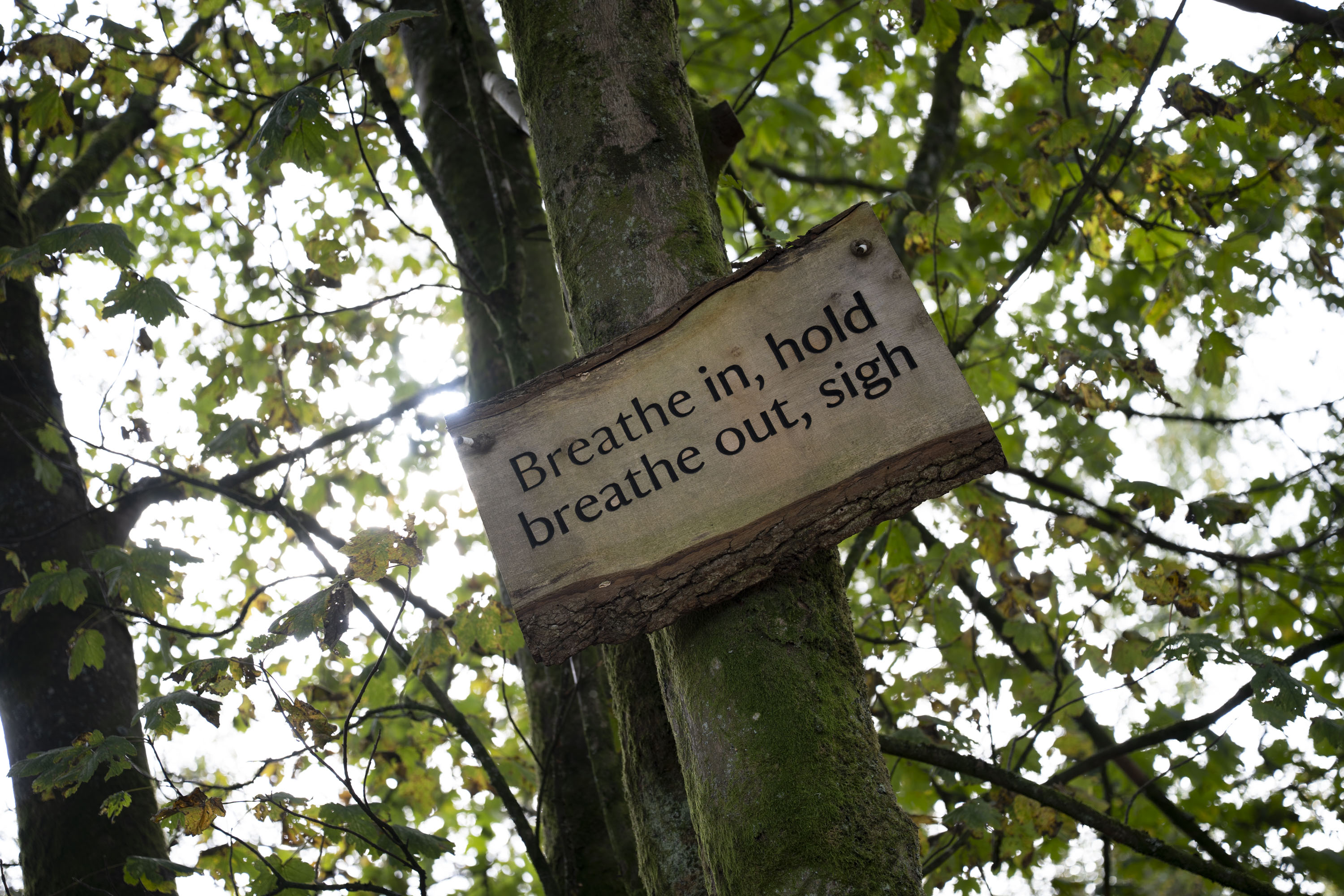
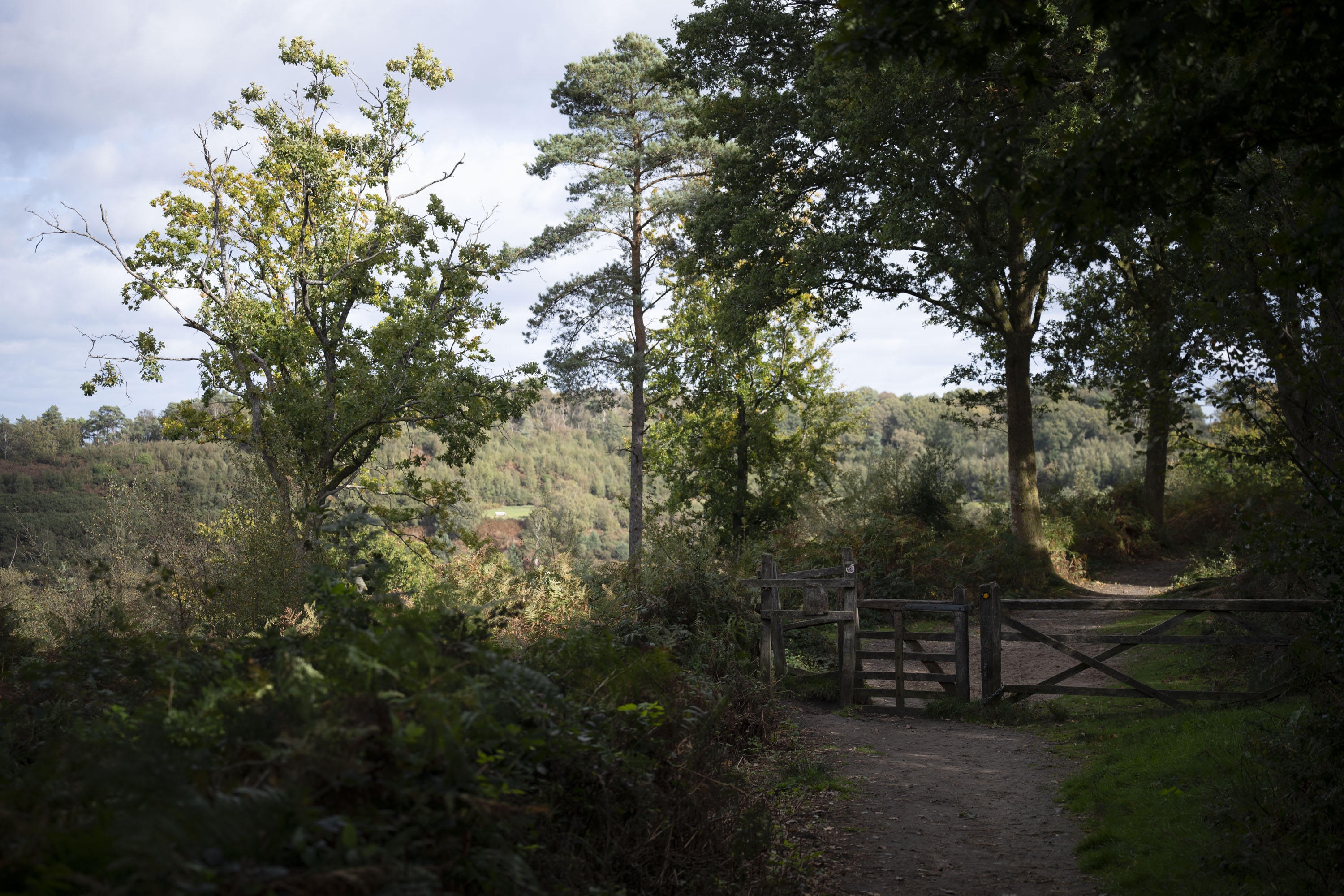




Photos I took in woodland with strong backlighting at f/2.8 are free from chromatic aberration – a distortion I'd expect to see in such a scenario with lesser-quality lenses. In the same scenario with the lens aperture stopped down to f/16, the lens rendered a crisp sunstar (you can see those two photos in the gallery, above).
Only when I pointed the camera straight towards the sun for a backlit selfie could I get any kind of lens flare – that's not a lens drawback, just an impossible situation I presented the lens with, and better lighting required!
Focus breathing is really well controlled, while autofocus performance is superb too. There's no sense of laboring – the lens snappily latches onto subjects, especially when paired with the Z6 III and making use of that camera's subject-detection tracking autofocus skills.
Combine that optical quality, decent close-focusing skills and speedy autofocus, and the Z 24-70mm f/2.8 S II is an impressive performer on all fronts.




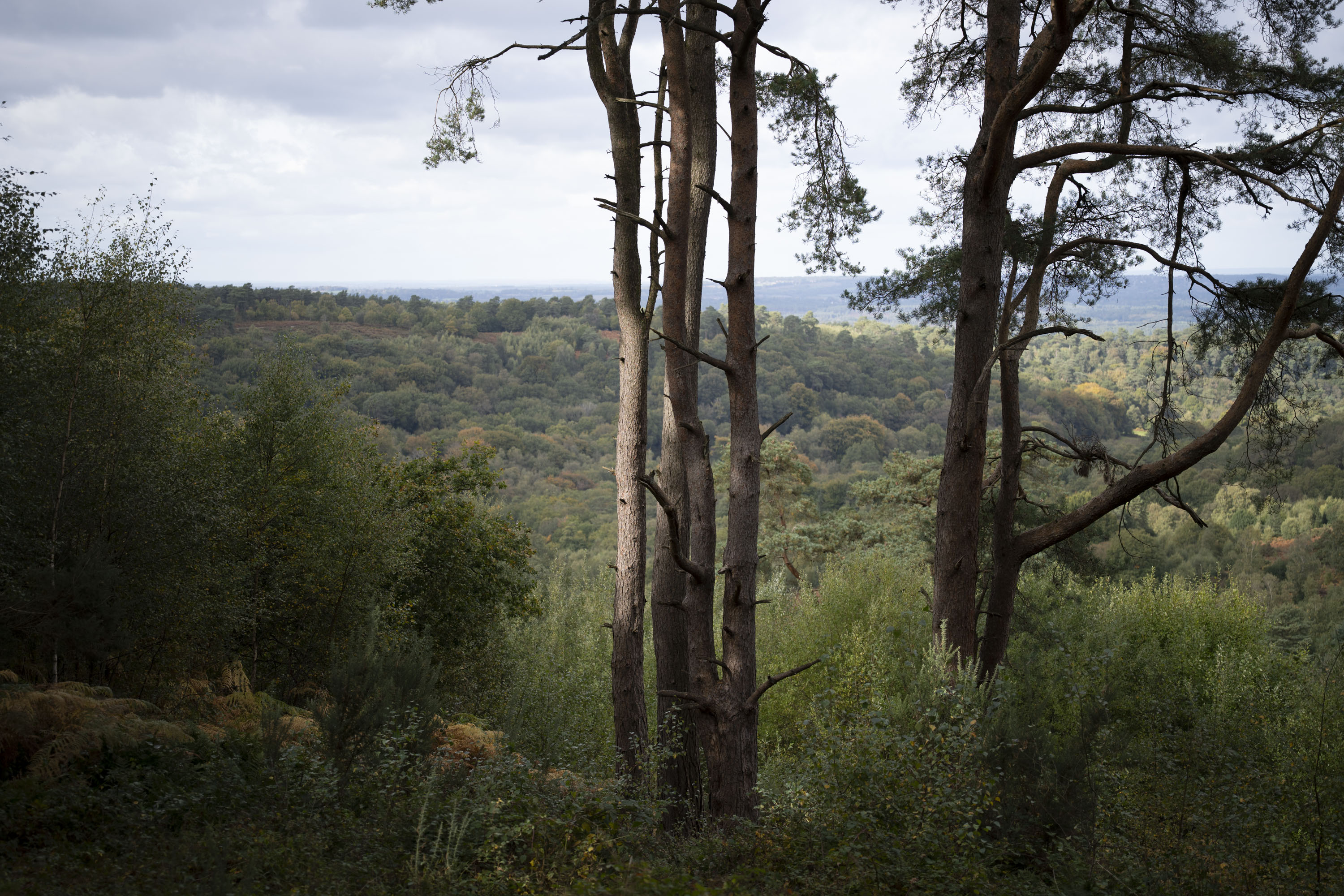


Should you buy the Nikon Z 24-70mm f/2.8 S II?
Buy it if...
You want a versatile professional zoom lens
The 24-70mm zoom range and maximum f/2.8 aperture cover off a huge range of scenarios.
You shoot events and weddings
That maximum f/2.8 aperture, fast autofocus skills and robust build are a dream combo for the rigors of event and wedding photography.
Don't buy it if...
You own the original 24-70mm f/2.8
Yes, there are a few improvements, but I don't think this new mark II version merits the financial hit of an upgrade at full price; it'll be a different story when its price drops.
You don't mind a secondhand saving
The original 24-70mm f/2.8 can be purchased secondhand for around 30% less than its successor's list price – that feels like the better deal.

How I tested the Nikon Z 24-70mm f/2.8 S II
- I tested it for one month
- I paired it with the Nikon Z6 III and Nikon ZR cameras
- I used it for photography and video, both indoors and out
Nikon loaned me the Nikkor Z 24-70mm f/2.8 S II lens for a month, and during this time I've used it for event, portraiture and landscape photography, and as an everyday lens. I've also shot video with it.
I've made direct comparisons with my own 24-70mm f/2.8 S lens to see to what degree Nikon has improved on the original.
I've made sure to take images using various aperture settings and focal lengths, with all in-camera lens corrections switched off, and compared those images to check for any lens distortions and assess bokeh quality.
- First reviewed November 2025

Tim is the Cameras editor at TechRadar. He has enjoyed more than 15 years in the photo video industry with most of those in the world of tech journalism. During his time as Deputy Technical Editor with Amateur Photographer, as a freelancer and consequently editor at Tech Radar, Tim has developed a deeply technical knowledge and practical experience with cameras, educating others through news, reviews and features. He’s also worked in video production for Studio 44 with clients including Canon, and volunteers his spare time to consult a non-profit, diverse stories team based in Nairobi. Tim is curious, a keen creative, avid footballer and runner, and moderate flat white drinker who has lived in Kenya and believes we have much to enjoy and learn from each other.
You must confirm your public display name before commenting
Please logout and then login again, you will then be prompted to enter your display name.
